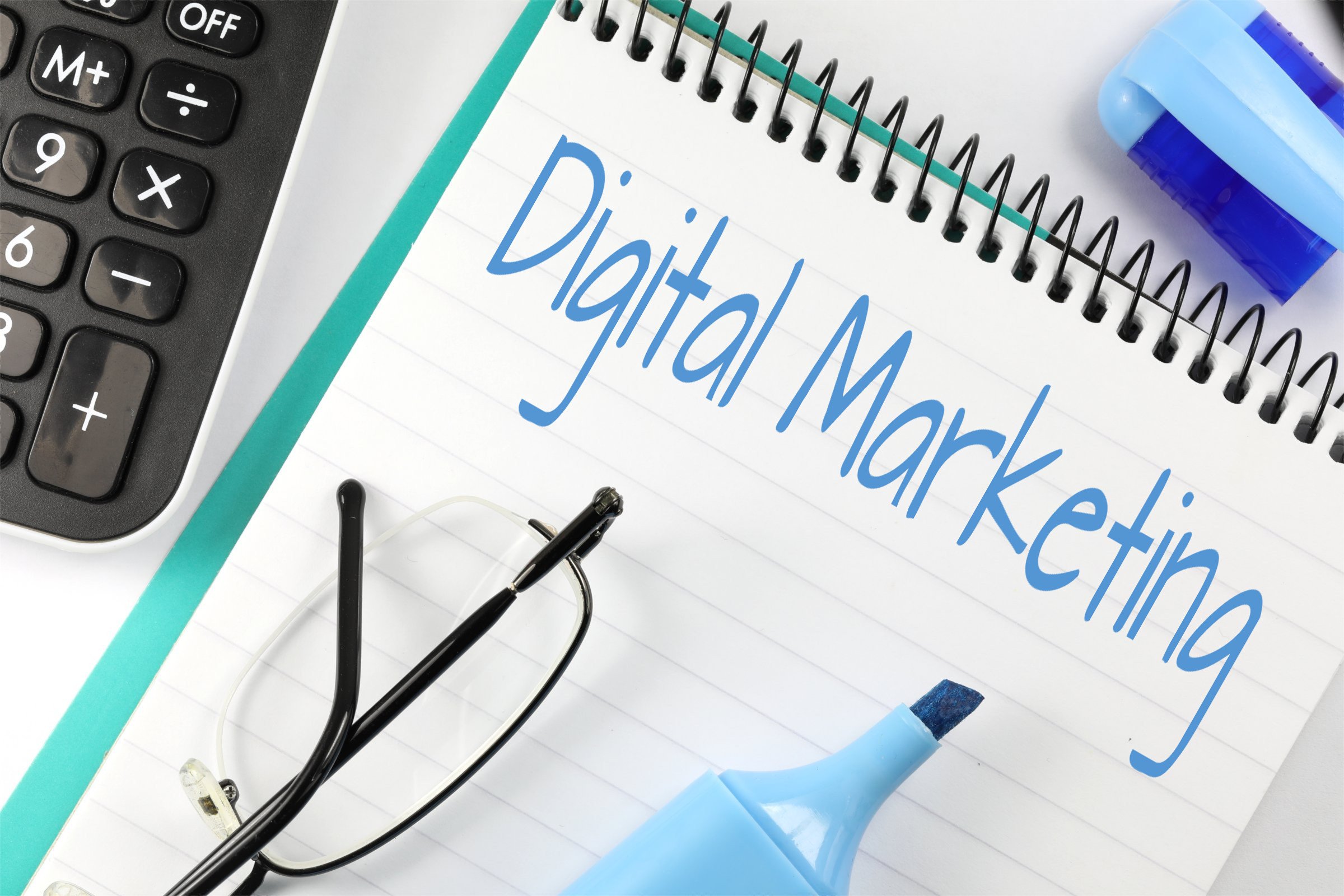What Is Digital Marketing? In today’s digital age, marketing has evolved significantly, with businesses increasingly leveraging digital channels to reach and engage their target audience. Digital marketing encompasses a wide range of strategies and tactics aimed at promoting products or services using digital technologies, such as the internet, social media, mobile devices, and search engines.
In this comprehensive guide, we’ll explore what digital marketing is, delve into its various types, and provide examples to help you better understand how businesses utilize digital marketing to achieve their goals.
What Is Digital Marketing?
Digital marketing refers to the use of digital channels and technologies to promote products or services and connect with customers. Unlike traditional marketing methods, which rely on offline channels such as print media, television, and direct mail, digital marketing leverages online platforms and digital technologies to reach a wider audience and drive engagement.
Digital marketing encompasses a diverse range of strategies and tactics, including search engine optimization (SEO), content marketing, social media marketing, email marketing, pay-per-click (PPC) advertising, affiliate marketing, influencer marketing, and more.
Types of Digital Marketing
1. Search Engine Optimization (SEO): SEO involves optimizing a website to improve its visibility and ranking in search engine results pages (SERPs). By optimizing content, keywords, meta tags, and other elements, businesses can increase their organic (non-paid) search traffic and attract more potential customers.
Example: A clothing retailer uses SEO techniques to optimize its website for keywords related to its products, such as “women’s dresses” or “men’s sneakers,” to appear higher in search results when potential customers search for those terms.
2. Content Marketing: Content marketing involves creating and distributing valuable, relevant, and consistent content to attract and engage a target audience. Content can take various forms, including blog posts, articles, videos, infographics, ebooks, and more.
Example: A software company creates a series of blog posts and tutorials that provide helpful tips and advice on using its products. By sharing valuable content, the company builds trust with its audience and establishes itself as a thought leader in the industry.
3. Social Media Marketing: Social media marketing involves using social media platforms such as Facebook, Instagram, Twitter, LinkedIn, and Pinterest to promote products or services, engage with customers, and build brand awareness.
Example: A restaurant runs a targeted advertising campaign on Facebook to promote its new menu items and upcoming events. By targeting users based on their location, interests, and demographics, the restaurant reaches a relevant audience and drives traffic to its website or physical location.
4. Email Marketing: Email marketing involves sending targeted emails to a list of subscribers to promote products or services, nurture leads, and build relationships with customers.
Example: An online retailer sends a weekly newsletter to its subscribers featuring new product arrivals, special promotions, and exclusive discounts. By providing value and personalized recommendations, the retailer encourages subscribers to make a purchase and stay engaged with the brand.
5. Pay-Per-Click (PPC) Advertising: PPC advertising involves placing ads on search engines or other platforms and paying a fee each time a user clicks on the ad. PPC ads appear alongside organic search results or on websites and social media platforms.
Example: A software company bids on keywords related to its products and services to appear at the top of search engine results pages. When users search for those keywords, the company’s ads are displayed prominently, driving traffic to its website and generating leads.
Conclusion
Digital marketing has become an essential component of any successful marketing strategy, allowing businesses to reach a wider audience, drive engagement, and achieve their marketing objectives. By leveraging various digital channels and technologies, businesses can effectively promote their products or services, connect with customers, and drive growth in today’s digital landscape.
Whether it’s through search engine optimization, content marketing, social media marketing, email marketing, or pay-per-click advertising, digital marketing offers a multitude of opportunities for businesses to connect with their target audience and achieve measurable results.
